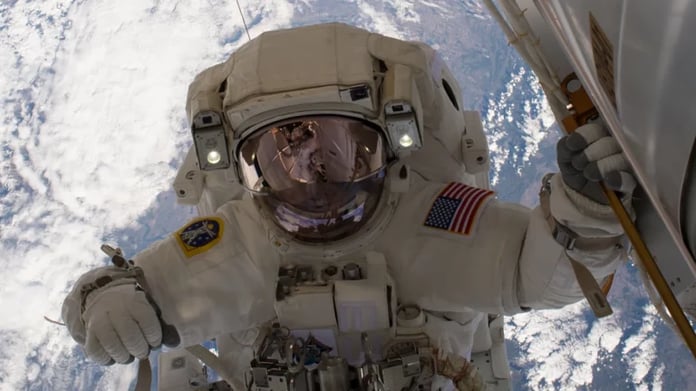The minimum break between astronaut flights in space must be at least three years. It is during this time that the ventricles of the brain, expanding in weightlessness, return to normal. This conclusion was reached by scientists in the work, published in scientific reports.
As humanity approaches the dawn of a new era of spaceflight, with early flights to the Moon and possible missions to Mars, scientists are trying to understand how the experience of near-Earth flight affects astronaut brain physiology.
In a new study, scientists from the University of Florida investigated how long, short and repeated flights affect brain physiology. Using computed tomography, the scientists measured before and after the flights the volumes of the ventricular system of the brain – interconnected cavities filled with cerebrospinal fluid. It ensures the protection of brain cells, their nutrition and the elimination of metabolic products. Under conditions of earth gravity, the body itself distributes fluids throughout the body, however, under conditions of weightlessness, fluids rise to the upper part of the body and the ventricles of the brain expand.
In total, the CT scans of 30 astronauts (23 men and 7 women) were studied, 8 of whom were in space for two weeks, 18 for six months and four for about a year. It turned out that the increase in the ventricles of the brain stops after six months of stay in space.
“The greatest increase occurs with flight durations between two weeks and six months,” said Rachel Seidler, author of the study. “After just two weeks in space, there is no measurable change in the ventricles.”
Additionally, the study showed how long it takes astronauts on Earth for their brains to fully recover before heading back into space. “We found that the longer a person spends in space, the bigger their ventricles get,” Seidler explained. “Many astronauts fly into space more than once, and our study has shown that it takes a person about three years to fully recover their ventricles. We don’t know exactly what the long-term effects of that are. on the health and behavior of space travelers, so allowing the brain to regenerate seems like a good idea.”
On the one hand, the fact that the ventricles do not expand during short flights is good news in light of the growing interest in space tourism, scientists say. On the other hand, the cessation of growth after six months in weightlessness gives hope that this effect will not interfere with long-duration flights. “We were pleased to see that these changes are not increasing exponentially. This means that in the end we will be able to launch astronauts into space for long periods of time,” added the author.
Read the Latest Ukraine War News on The Eastern Herald.


